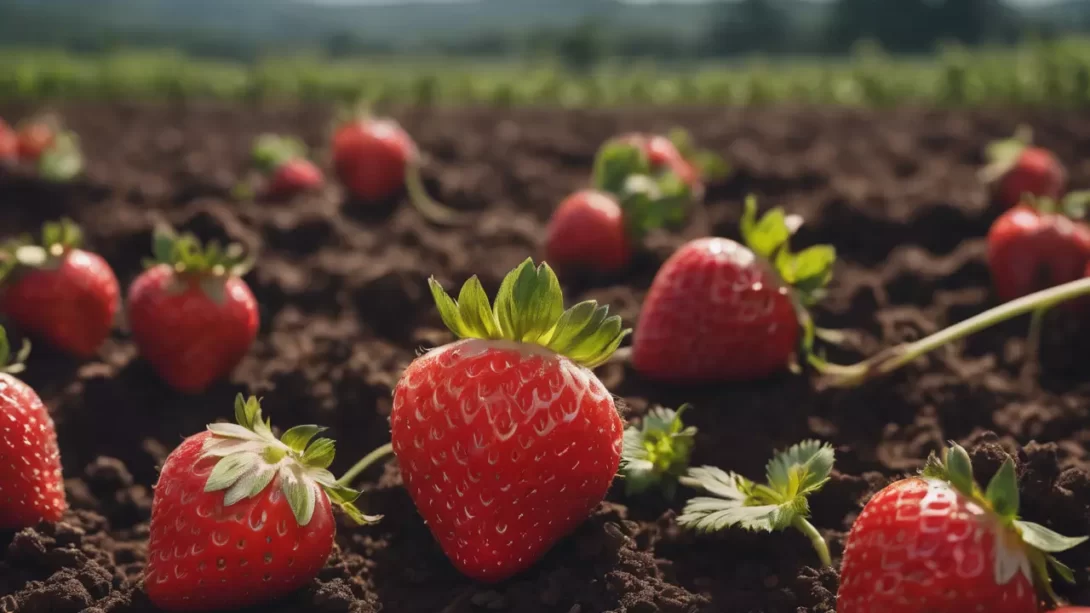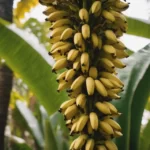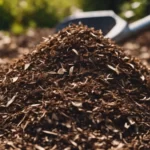Strawberries are a beloved fruit that can be successfully grown in Florida, thanks to the state’s warm climate. However, growing strawberries in Florida comes with its own set of challenges and considerations due to the unique climate and soil conditions. This article provides an in-depth guide to cultivating strawberries in Florida, covering everything from selecting the right varieties to managing the heat and humidity typical of the region. Understanding these factors is crucial for any gardener looking to enjoy a bountiful and delicious strawberry harvest in the Sunshine State.
- Sweet Charlie is the strawberry of choice for gardeners across the U.S.
Choosing Strawberry Varieties
In Florida, the choice of strawberry variety is crucial due to the state’s warm climate. Day-neutral and everbearing varieties are often the best choices, as they can produce fruit throughout the warmer months. Popular varieties for Florida include ‘Sweet Charlie’, ‘Festival’, and ‘Camarosa’, which are known for their heat tolerance and good flavor. It’s also important to choose disease-resistant varieties, especially those resistant to fungal diseases common in Florida’s humid conditions. Consulting local nurseries or agricultural extension services can provide valuable insights into the best varieties for your specific area in Florida.
Florida’s Climate
Florida’s climate varies from north to south, affecting how strawberries are grown. Northern parts of the state can experience cooler winters, allowing for a traditional winter-to-spring strawberry growing season. In contrast, central and southern Florida have milder winters and hot summers, which can impact the timing and success of strawberry cultivation. Recognizing these climatic differences is key to planning your strawberry planting schedule. Gardeners in Florida must also contend with high humidity and rainfall, which can influence watering practices, disease management, and the choice of growing location for optimal strawberry health and productivity.
Preparing the Soil
Successful strawberry cultivation in Florida starts with proper soil preparation:
- Drainage: Ensure good drainage, as strawberries are prone to root rot in waterlogged conditions. Raised beds can be particularly effective in Florida’s sandy soil.
- Soil pH: Strawberries prefer slightly acidic soil, with a pH between 5.5 and 6.5. Test your soil and adjust the pH if necessary using sulfur or lime.
- Soil Amendments: Enrich sandy Florida soil with organic matter like compost or well-rotted manure to improve soil structure and nutrient content.
Planting Strategies
Timing and technique are key to planting strawberries in Florida:
- Planting Time: In most of Florida, plant strawberries in the fall, from October to November. This allows plants to establish through the cooler months and produce fruit in late winter and spring.
- Spacing and Depth: Plant strawberry crowns at a depth where the soil covers the roots but leaves the crown exposed. Space plants about 12-18 inches apart in rows that are 3-4 feet apart.
- Location: Choose a sunny location, as strawberries require full sun for optimal fruit production.
Watering and Mulching
Proper watering and mulching are essential for strawberries in Florida’s climate:
- Watering Needs: Strawberries need consistent moisture, especially during fruit setting and development. Water plants deeply and regularly, while avoiding wetting the leaves to reduce disease risk.
- Mulching: Use straw, pine needles, or black plastic mulch around plants. Mulch helps retain soil moisture, keeps roots cool, and suppresses weeds. In Florida, mulching also prevents sandy soil from splashing onto the fruit, which can help reduce disease spread.
Fertilization
Proper fertilization is crucial for the health and productivity of strawberry plants in Florida:
- Initial Fertilization: Before planting, incorporate a balanced fertilizer into the soil. Look for a formula with equal parts nitrogen, phosphorus, and potassium (such as 10-10-10).
- Regular Feeding: Once plants are established, apply a balanced, slow-release fertilizer every four to six weeks. Avoid high nitrogen fertilizers, as they can promote excessive leaf growth at the expense of fruit.
- Fertilizer Application: Apply fertilizer around the base of the plants, keeping it off the leaves to prevent burning.
- 100% WATER SOLUBLE: Strawberry Fertilizer Powder is water soluble and an amazing product strawberries. Apply to your strawberry patch and you will get bigger brighter strawberries, increased berry yields and increased vigor
- FORMULATED WITH MICRONUTRIENTS: Greenway Biotech Strawberry fertilizer that includes 8-12-32 plus micronutrients and trace minerals. It contains all nutrients required by plants in a proper ratio & form
- QUALITY INGREDIENTS: This plant fertilizer is professionally formulated with quality ingredients and Contains 8% Nitrogen, 12% Phosphorous, 32% Potassium, Boron, Copper EDTA, Iron EDTA, Manganese EDTA, Zinc EDTA, and Molybdenum, Results are distinct & visible.
- HYDROPONICS AND SOIL USE: Our Strawberry plant fertilizer is specially blended to ensure your plants receive the proper amount of nutrients whether grown hydroponically or in the soil. Complete balanced nutrition results in better flowering, in season.
- ALL NATURAL: Our fertilizer powder boosts strawberry growth because it is free of heavy metals and materials and it is designed to provide a steady supply of naturally occurring nutrients and trace elements
Pest and Disease Management
Strawberries in Florida are susceptible to various pests and diseases:
- Common Pests: Watch for spider mites, slugs, and aphids. Use organic pest control methods like neem oil or insecticidal soap, and encourage natural predators.
- Disease Control: Fungal diseases such as anthracnose and powdery mildew are common in Florida’s humidity. Use fungicides as needed, and practice crop rotation to prevent soil-borne diseases.
- Sanitation: Keep the area around strawberry plants clean and free of debris to reduce habitat for pests and disease.
Managing Heat and Humidity
High temperatures and humidity in Florida can be challenging for strawberries:
- Shade Cloth: During the hottest parts of the day, use shade cloth to protect plants from intense sunlight.
- Adequate Airflow: Ensure there is good air circulation around your strawberry plants to reduce the risk of fungal diseases.
- Watering Practices: Water plants early in the morning to allow foliage to dry before the high humidity of midday and evening. This helps prevent fungal diseases.
Harvesting and Storage
Timing and technique are crucial for harvesting strawberries in Florida:
- Harvest Timing: Strawberries are usually ready to harvest in Florida from late winter to early spring. Pick the berries as they fully ripen (turn bright red) and are firm to the touch.
- Harvesting Method: Gently twist or cut the stem above the berry rather than pulling the berry itself to avoid damage.
- Storage: Store strawberries in the refrigerator immediately after harvesting. For longer storage, freezing is an option. Do not wash berries until ready to eat or use, as moisture can encourage spoilage.
Off-Season Care
Taking care of strawberry plants during Florida’s off-season is important for future production:
- Summer Care: In hot summers, particularly in southern Florida, provide adequate water and consider mulching to keep roots cool.
- Renovation: After the final harvest, trim back foliage, thin out crowded plants, and apply a layer of compost to rejuvenate and prepare the plants for the next season.
- Weed Control: Maintain weed control throughout the year to prevent competition for nutrients and water.
Common Challenges and Solutions
Growing strawberries in Florida can present specific challenges:
- Excessive Heat and Humidity: Use shade cloth and ensure good air circulation to protect plants. Water in the morning to reduce humidity-related diseases.
- Pest Infestations: Regularly inspect plants for pests. Use organic methods and promote beneficial insects for natural control.
- Soil Issues: Amend sandy soil with organic matter to improve nutrient content and water retention. Monitor soil pH and adjust as needed.
Conclusion
Growing strawberries in Florida can be a rewarding endeavor with the right knowledge and care. By understanding the specific needs of strawberries in Florida’s climate, paying attention to soil conditions, managing heat and humidity, and staying vigilant against pests and diseases, gardeners can enjoy a sweet and fruitful harvest. Remember, each growing season offers new learning opportunities, so don’t hesitate to experiment with different varieties and techniques to find what works best in your Florida garden.





